Brave, or Stupid? East Asian leaders meet in Fukushima
File Under: "Since we're not doing anything else to help.." UN chief launches study of nuclear accident
The United Nations will undertake a systemwide study on the implications of the accident at the Fukushima Dai-ichi nuclear power plant in Japan, Secretary-General Ban Ki-moon said Friday.
Several agencies will prepare a report addressing the effects of nuclear safety in areas including environment, health and food security. It is to be presented at a high-level meeting on nuclear safety and security on Sept. 22 during the General Assembly in New York.
The U.N.'s on it. Stop worrying..
Katsushika Toukyou radiation dose experts remeasured five times the government announced Google translate via Rense. Rough translation. Here's the most coherent excerpts:
April 19, the Ministry of Education, the provisional measure of radiation dose on the playground when school "20 mSv per year" have been established. In contrast, "Japan Medical Association" is May 12, "for a child, there should be more careful for the country as a" reduction of the number, the opinion announced more restrictive standards that call for .
Begin with ministry standards, the International Commission on Radiological Protection (ICRP) issued on March 21 that "as a reference level after the convergence of an emergency like this, from 1 to 20 mSv / year in the range of You can also think "It's based on a statement that the ministry of 1 to 20, is taking its maximum value.
Humidity, heat, radiation in reactor buildings Video or article from NHK via Rense.
At the crippled Fukushima Daiichi nuclear plant, high radiation levels and humidity in the reactor buildings are hampering efforts to stabilize the reactors. The utility urgently needs to improve conditions so that people can work in the buildings.
..
At the No.2 reactor they found peak radiation levels of 50 millisieverts per hour. They also experienced high humidity and intense heat, which limited the work there only to 15 minutes.
At the No.3 building the team detected 160 to 170 millisieverts of radiation per hour near a pipe connected to the reactor. The pipe was to be used to inject nitrogen to prevent a hydrogen explosion.
The KBS photographing supervision and others of earthquake disaster collection of data and being bombed allowable limit it exceeds Another rough translation..
The Seoul 11 day combined news>Photographing supervision and others of the KBS image production bureau which undertook the collection of data of the east Japanese large earthquake disaster which occurs in March, the radiation dose which exceeds reference level having been bombed you understood to 11 days.
Having been exposed 11 days, the team all had radiation levels exceeding the allowable limit. And this is day what again/ 71? Is that right? That's pretty far away from 11, don't you think?
Giant barge arrives at Fukushima plant to store radioactive water
A giant water-storage barge has arrived at Japan's quake-hit Fukushima Daiichi nuclear plant to store highly radioactive waste water from the basement of a reactor building, Kyodo news reported on Saturday.
..
Tokyo Electric Power Co. (TEPCO) will use the 136-meter-long, 46-meter-wide Megafloat as a storage site for contaminated waste water leaked from reactor buildings.
And:
TEPCO engineers have been pouring water into the reactors water to cool them in a bid to gain access to reactor buildings to restore the damaged cooling systems.
They have now scrapped the plan and are trying to create a cooling system by circulating the water which is already in the reactors.
Couple things, here.. I'm really hoping this is a temporary situation.. The idea of storing radioactive water in a barge On The Water is bothersome. Sure, nothing will happen, right?
How much water will can this barge contain? No mention in the article.
And:
Re-circulating the existing radioactive water? Aren't there still leaks they haven't found? .
File Under: "Since we're not doing anything else to help.." UN chief launches study of nuclear accident
The United Nations will undertake a systemwide study on the implications of the accident at the Fukushima Dai-ichi nuclear power plant in Japan, Secretary-General Ban Ki-moon said Friday.
Several agencies will prepare a report addressing the effects of nuclear safety in areas including environment, health and food security. It is to be presented at a high-level meeting on nuclear safety and security on Sept. 22 during the General Assembly in New York.
The U.N.'s on it. Stop worrying..
Katsushika Toukyou radiation dose experts remeasured five times the government announced Google translate via Rense. Rough translation. Here's the most coherent excerpts:
April 19, the Ministry of Education, the provisional measure of radiation dose on the playground when school "20 mSv per year" have been established. In contrast, "Japan Medical Association" is May 12, "for a child, there should be more careful for the country as a" reduction of the number, the opinion announced more restrictive standards that call for .
Begin with ministry standards, the International Commission on Radiological Protection (ICRP) issued on March 21 that "as a reference level after the convergence of an emergency like this, from 1 to 20 mSv / year in the range of You can also think "It's based on a statement that the ministry of 1 to 20, is taking its maximum value.
Humidity, heat, radiation in reactor buildings Video or article from NHK via Rense.
At the crippled Fukushima Daiichi nuclear plant, high radiation levels and humidity in the reactor buildings are hampering efforts to stabilize the reactors. The utility urgently needs to improve conditions so that people can work in the buildings.
..
At the No.2 reactor they found peak radiation levels of 50 millisieverts per hour. They also experienced high humidity and intense heat, which limited the work there only to 15 minutes.
At the No.3 building the team detected 160 to 170 millisieverts of radiation per hour near a pipe connected to the reactor. The pipe was to be used to inject nitrogen to prevent a hydrogen explosion.
The KBS photographing supervision and others of earthquake disaster collection of data and being bombed allowable limit it exceeds Another rough translation..
The Seoul 11 day combined news>Photographing supervision and others of the KBS image production bureau which undertook the collection of data of the east Japanese large earthquake disaster which occurs in March, the radiation dose which exceeds reference level having been bombed you understood to 11 days.
Having been exposed 11 days, the team all had radiation levels exceeding the allowable limit. And this is day what again/ 71? Is that right? That's pretty far away from 11, don't you think?
Giant barge arrives at Fukushima plant to store radioactive water
A giant water-storage barge has arrived at Japan's quake-hit Fukushima Daiichi nuclear plant to store highly radioactive waste water from the basement of a reactor building, Kyodo news reported on Saturday.
..
Tokyo Electric Power Co. (TEPCO) will use the 136-meter-long, 46-meter-wide Megafloat as a storage site for contaminated waste water leaked from reactor buildings.
And:
TEPCO engineers have been pouring water into the reactors water to cool them in a bid to gain access to reactor buildings to restore the damaged cooling systems.
They have now scrapped the plan and are trying to create a cooling system by circulating the water which is already in the reactors.
Couple things, here.. I'm really hoping this is a temporary situation.. The idea of storing radioactive water in a barge On The Water is bothersome. Sure, nothing will happen, right?
How much water will can this barge contain? No mention in the article.
And:
Re-circulating the existing radioactive water? Aren't there still leaks they haven't found? .







































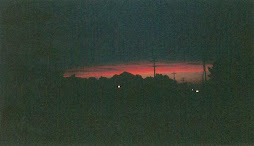





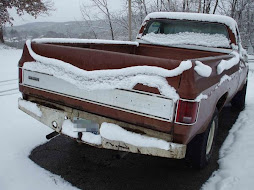

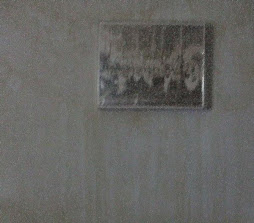





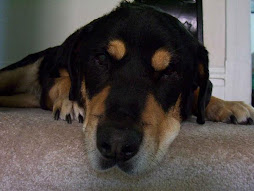
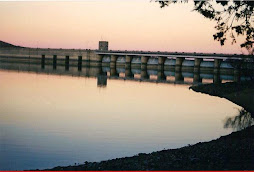







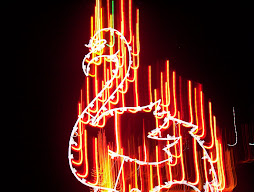




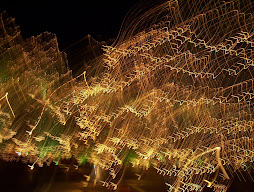

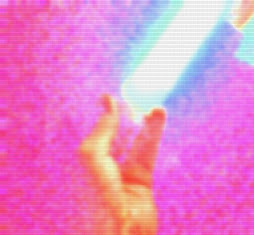

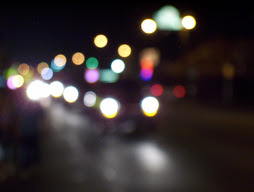







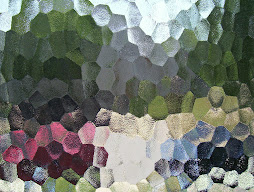
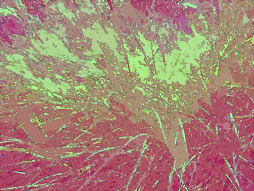
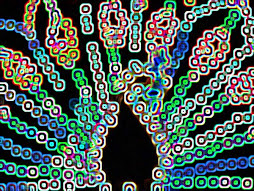









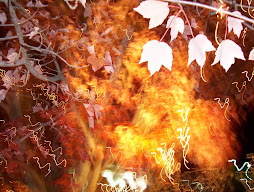
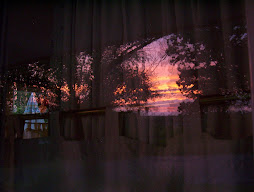












No comments:
Post a Comment